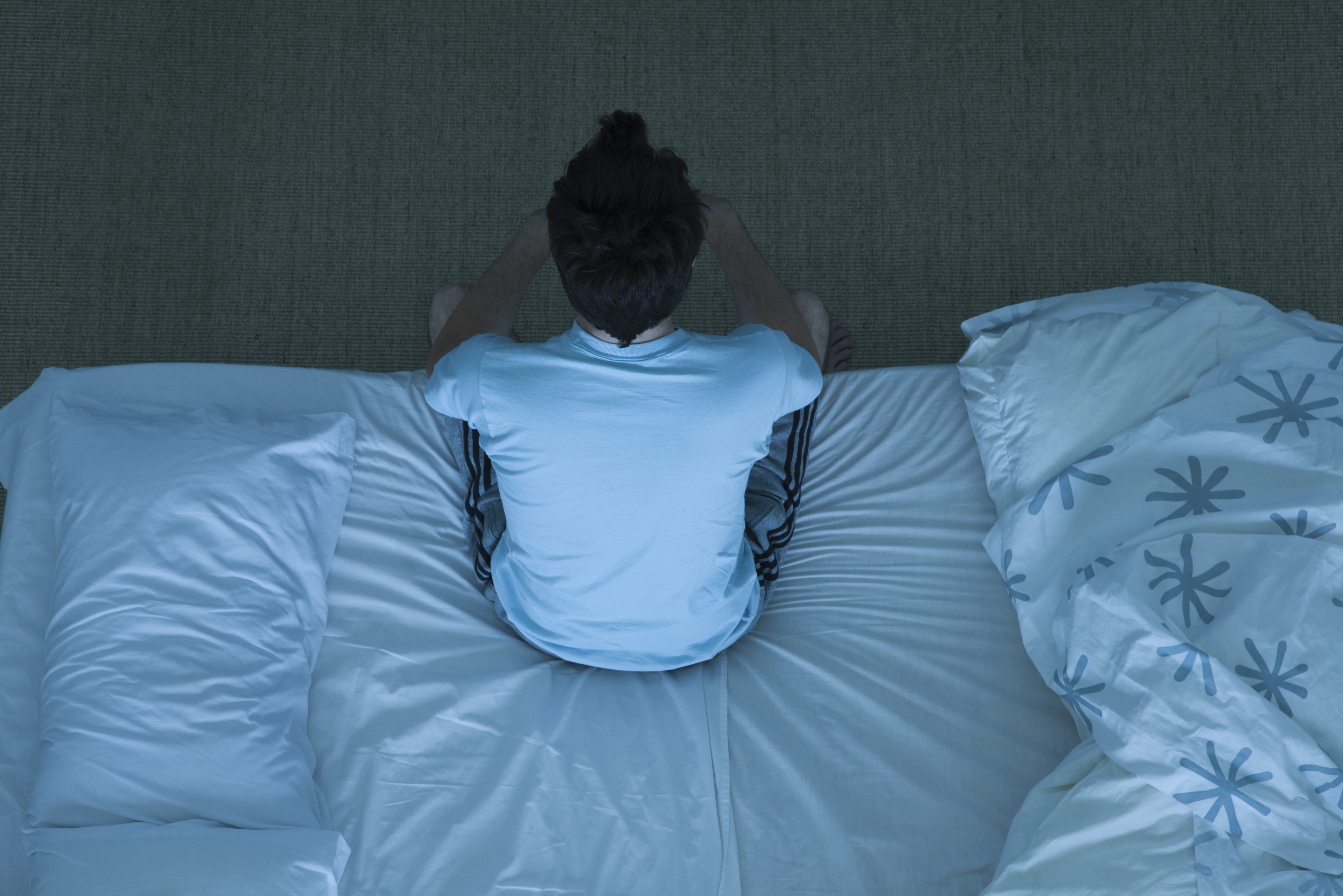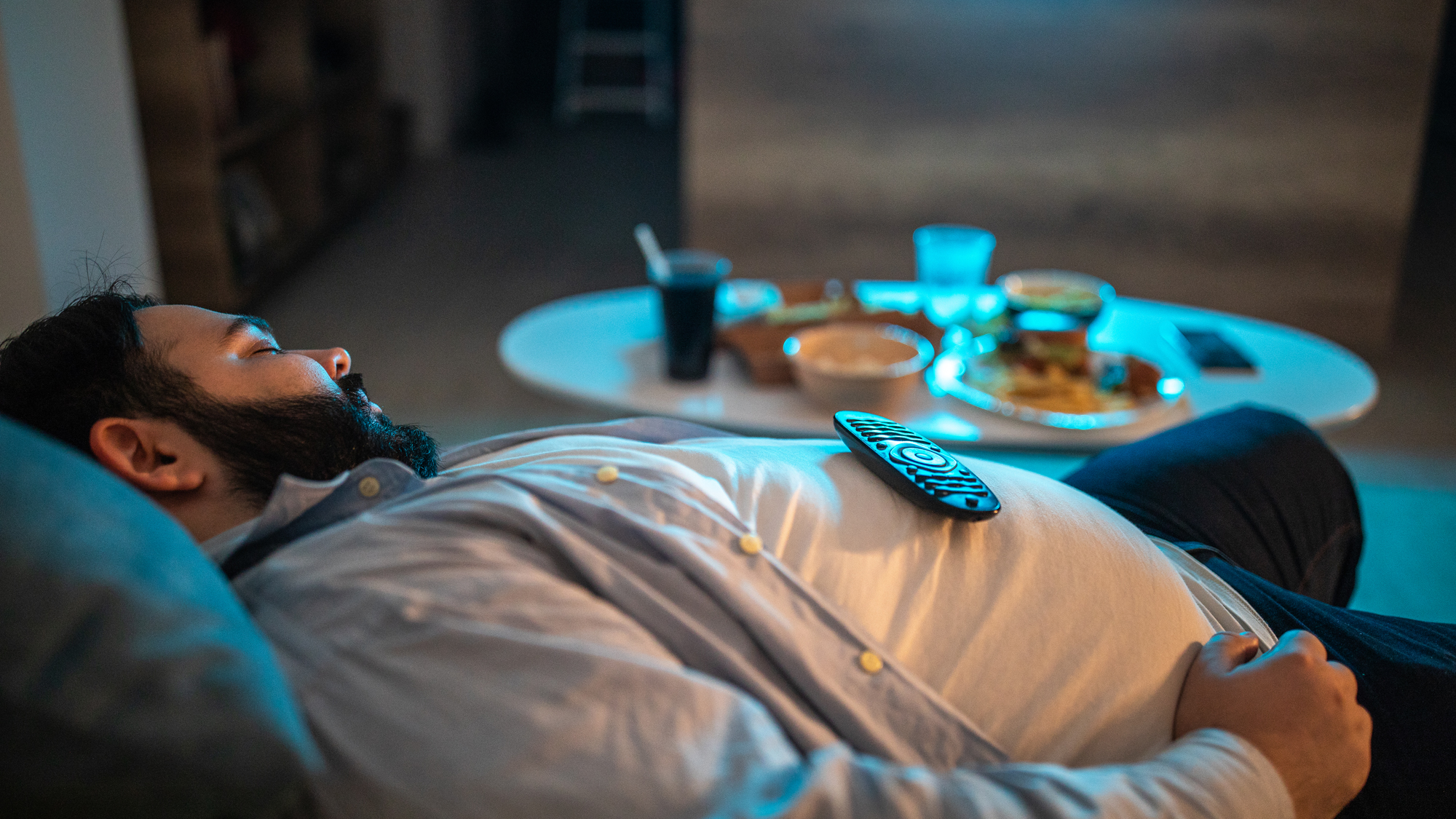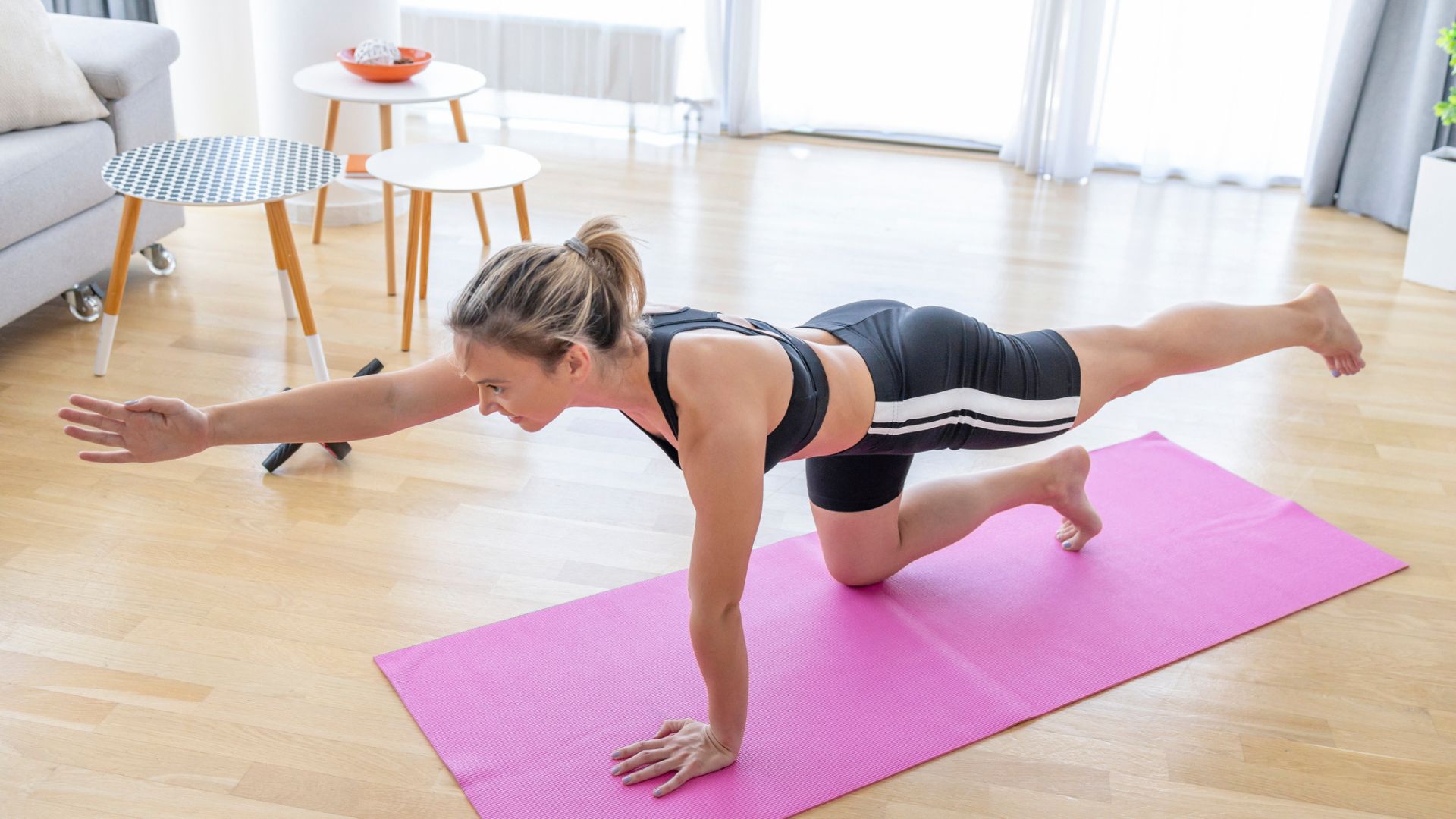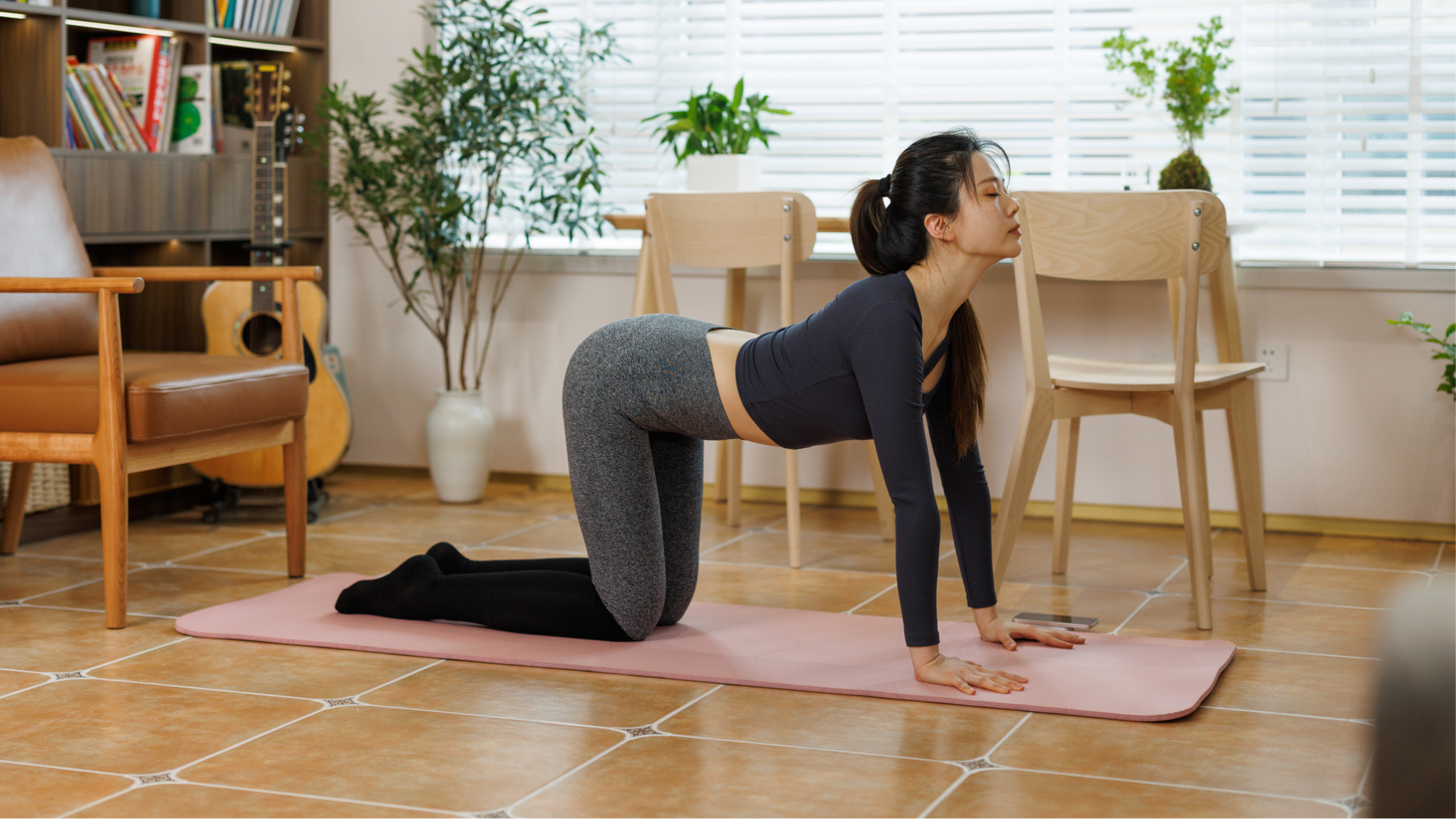Severe sleep disorder linked to how much exercise you do
Maintaining an active lifestyle and avoiding too much TV time could put you at less risk of developing the sleep disorder obstructive sleep apnea


When it comes to our health and wellbeing, the importance of sleep is widely acknowledged as a key component.
People try many ways to ensure a good night's sleep, from investing in the best mattress toppers to relaxing with the scent of an essential oil diffuser.
Exercise has also long been believed to be key in the body's ability to rest, and now a new study has found a direct link between how much exercise we take and a severe sleep disorder, namely obstructive sleep apnea.
Sleep apnea is when your breathing stops and starts during sleeping. The most common diagnosis of this disorder is called obstructive sleep apnea and is why you may see the condition being referred to as OSA.
The American Sleep Apnea Association states that, ‘Obstructive sleep apnea is caused by a blockage of the airway, usually when the tongue collapses against the soft palate and the soft palate collapses against the back of the throat during sleep, and the airway is closed.’
The study published in the European Respiratory journal found that people who are regularly active had a reduced risk of developing OSA.
The researchers measured how much time the 138,000 participants spent doing recreational physical activities and how much time they spent sitting down and watching TV. The results revealed that participants with higher activity levels had 54% less chance of developing OSA.
Get the Fit&Well Newsletter
Start your week with achievable workout ideas, health tips and wellbeing advice in your inbox.
Meanwhile, participants who sat and watched TV for more than four hours a day were at a 78% greater risk of developing the sleep disorder than those who were reportedly active.

However, it may not be simply the act of sitting down for prolonged periods that leads to the increased risk. Tianyi Huang, D.Sc, one of the lead authors and an assistant professor in the Division of Sleep at Harvard Medical School told Bicycling that sedentary work, such as sitting in an office by a screen all day, created less risk of developing sleep apnea.
He outlined why both the sedentary behaviours have contrasting impacts. According to Huang, watching TV has a stronger link to obesity than time spent working from a screen for a prolonged period.
He believes this could be down to the fact that TV watching creates habits such as snacking or drinking sugary beverages.
We should all enjoy relaxing activities like a Netflix binge and tasty snacks from time to time, but when it affects our sleep and poses potential threat to our health it may be helpful to explore activities to help keep you active.
Aerobic activities such as HIIT workouts are great if you need a quick fix of fast-paced exercise and can help with all over weight loss. But being active doesn’t have to come in the form of hardcore workouts. Many people prefer to take part in lower intensity physical activities such as walking to lose weight.
Sleep expert Olivia Arezzolo is also a strong believer in the benefits of exercise on people’s sleep quality.
She recommends exercise for people who suffer from fatigue as according to her it encourages the release of the awakening hormone, cortisol and the happiness hormones, serotonin and dopamine.
Arezzolo adds: “It also reduces that dreaded brain fog, which is a commonplace for those with sleep disorders such as sleep apnea.”
Jessica is an experienced fitness writer with a passion for running. Her career in journalism began in local news and she holds a Masters in journalism. Jessica has previously written for Runners World, penning news and features on fitness, sportswear and nutrition.
When she isn't writing up news and features for Fit&Well covering topics ranging from muscle building, to yoga, to female health and so on, she will be outdoors somewhere, testing out the latest fitness equipment and accessories to help others find top products for their own fitness journeys. Her testing pairs up nicely with her love for running. She recently branched out to running 10Ks and is trying to improve her time before moving on to larger races. Jessica also enjoys building on her strength in the gym and is a believer in health and wellness beginning in the kitchen. She shares all of this on her running Instagram account @jessrunshere which she uses for accountability and for connecting with like-minded fitness lovers.
-
 I did bird dog every day for seven days and now I understand why trainers recommend it for core strength, spinal health and posture
I did bird dog every day for seven days and now I understand why trainers recommend it for core strength, spinal health and postureThis simple bodyweight move has so many benefits
By Alice Porter
-
 A yoga instructor says this eight-minute routine is all you need to mobilize your entire body
A yoga instructor says this eight-minute routine is all you need to mobilize your entire bodyStiff and achy muscles? Try this
By Alice Porter